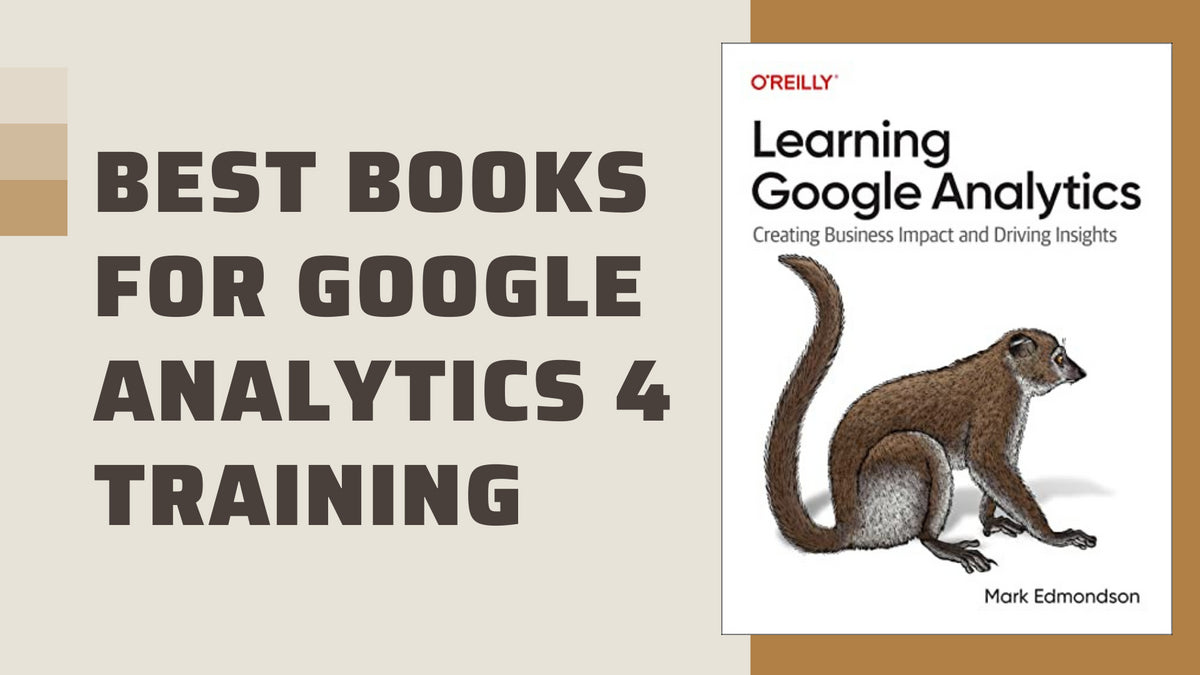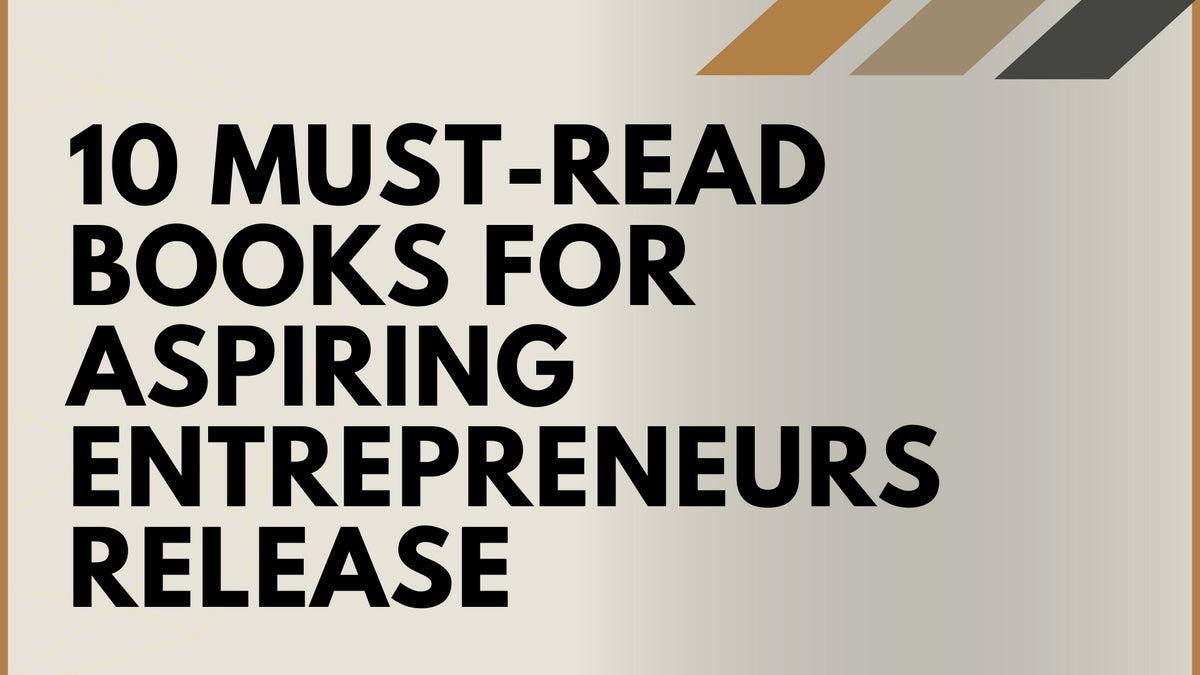Your Cart is Empty
WORK RULES! Book Summary: Leadership Keys From Inside Google
Listen To This Article
Google Leadership Secrets
Organizational leaders that want to unleash the creativity of its employees can transform their team through a change in perspective supported by steps that help the most talented thrive. Leaders need to trust their employees and give them the freedom to do their best work. On a foundation of trust between management and employees, teams can be transformed by applying practical approaches that include being transparent with talent, giving work meaning, creating an environment that encourages desired behaviors, and more. Managers who trust their people are good coaches, results-oriented, interested in helping people achieve their career goals and communicate vision and strategy. The advice is to create a culture that supports innovation, hire the best talent and then give that talent the resources needed to succeed.Many organizational leaders would love to learn the secret to developing a happy, innovative workforce like the one at Google. That is what the book WORK RULES! offers – insights into the path a company can easily take to develop a workplace where people enjoy their work, grow within an environment of freedom and express their creativity. Achieving this is simpler than it sounds.
Learn To Lead Like Google
- Managers often lead based on distrust of employees so feel the need to control rather than inspire people to succeed
- The culture of Google is defined by three factors: the company’s mission to make information universally useful and accessible, transparency and giving employee voice
- The best talent will gravitate to companies where they can do meaningful work and help the organization succeed
- The 10 steps to transform a team so that people are passionate about their work and the organization gets the benefit of employee insights and resilience
- The importance of leveraging the best talent as a source of knowledge and how helping the worst performers learn and improve strengthens the team
- An effective strategy is letting managers think and act like business owners by removing as much power as possible because formal authority limits employee freedom
- The 8 attributes of high-performing managers
- The Google checklist of actions managers can take to get new hires fully effective as quickly as possible
- The four attributes that best predict whether a job candidate will be successful at Google
- Importance of managers soliciting employee feedback
- Importance of transparency in exploring abilities, mistakes and personal weaknesses with the intent of improving
- Giving people authority frees them to excel

Featured In This Review
Work Rules!
$13.99
A book about how Google empowers their employees, keeps them ultra engaged, and makes them feel like entrepreneurs. Read this best selling book about a legendary company.
SHOP NOWWORK RULES! Book Summary
Organizational leaders often manage people based on the premise that employees need to be controlled because they cannot be trusted. The organization is doomed to create bureaucratic hierarchies in which managers micromanage. This creates a culture in which people are always striving to follow rules based on prescribed performance goals. Experimentation, creativity and innovation have no room for expression. Hiring good leaders is one thing, but to learn how to change your company to develop them, read the book Developing Leaders: Why Traditional Leadership Training Misses the Mark.

One of the important insights of WORK RULES! is that organizations must find balance between control and freedom. Google has been extremely successful at achieving balance, so the author decided to share what he experienced. Managers, of course, are at the heart of the kind of culture an organization develops. If employees are to feel they have the freedom to express their creativity and do the best work possible, they need managers who avoid bureaucracy and controlling behaviors. Disney aligns with this positioning as well, as written about in the book Creativity Inc.
Bock describes eight attributes that managers need to be skilled and for a company striving for continuous innovation to thrive. They include being a good coach to employees, empowering teams, being results oriented, using good communication skills, conveying a clear vision and strategy and more. These are also things mentioned in the legendary book High Output Management.
Want to buy a book review like this?
Click here to learn how to get your book reviewed!
It is interesting to note that this book was written in 2015, and the eight attributes are now frequently touted by major consulting firms as critical to organizational success in talent recruitment, hiring and retention; producing continuous innovation; and achieving resilience and adaptability. As would be expected in a giant technology company, data plays a big role in assessing job candidates and tracking employee development and performance. For more on employee retention and engagement at work read the book DRIVE.

Google uses a combination of behavioral and situational interviews to assess job candidates. The four attributes that best predict success as a Google employee are general cognitive ability, emergent leadership, “Googleyness” and role-related knowledge. Googleyness refers to people who will thrive in a workplace where they must work in ambiguity and incorporate regular feedback. Bock lists these as enjoying fun, intellectual humility, conscientiousness, comfort with ambiguity, courage, and being interesting. To learn more about how fortune 500 companies find the right people read the book WHO.
Once hired, managers get a checklist that helps them onboard the new hire with an eye on helping the person achieve effectiveness as quickly as possible. Without a doubt hiring is the most important activity to any company. Bait & Switch can also provide some insight and perspective on the hiring process.
Developing the right manager behaviors and hiring the right people are two elements crucial to developing and maintaining an innovative and agile organization. The third piece is team performance. How do managers motivate, encourage and inspire team members? Bock describes ten transforming steps, but you can also read the book Team of Teams after this one for more thoughts.
What is surprising about Bock’s steps is that most of them are applicable to every organization – small to mega-size. For example, one is helping people recognize the meaning of the work to make the world a better place. Also on the list is trusting people, nudging people to encourage desired behaviors and developing people rather than managing performance. A couple other wonderful books on this are Wooden On Leadership and The Trillion Dollar Coach.

The other surprise is that some of the suggestions seem to go against everything management schools have taught for decades. For example, one team transformation step says to “pay unfairly.” What it is saying is to make sure the 10 percent creating the most value feel most valued by paying them more. It does not have to be a lot of money. It just needs to be enough to serve as recognition of the value they contribute.
Another unexpected suggestion is to “hire only people who are better than you.” Do this by hiring by committee, setting objective standards in advance and never compromising. This is something Jack Ma is a master at. You can read more about it in the book Alibaba: The house the Jack Ma Built.
Google was really ahead of its time in creating the kind of work culture that is ideal for a dynamic, global work environment driven by ever-advancing technology. Google employees can set their own work schedules, with some working part of the day in the office and the rest of the hours worked in the evening at home. Creating Magic would give more useful ideas for your place of business.
The regularly sought out two-way feedback drives continuous improvement; a variety of perks are offered from food to money; and an allotted percentage of time employees are allowed to explore projects of interest that are still related to Google’s work.

WORK RULES! offers insights that are applicable today and will remain applicable into the future. The reason for the timelessness of the insights is that they are driven by a desire to give people opportunities to excel. For decades, the conventional management style was command-and-control. If this specific topic is interesting you simply must read Leading.
In an age of technology where people can connect, gain knowledge and pursue ideas, the conventional management style leads to high turnover, low creativity and an inability to attract top talent. When employees excel, the company excels. Google is proof.
About The Author Laszlo Bock
Laszlo Bock was born in Romania in 1972, immigrated to the United States and became a respected and successful American businessman. He earned a BA in International Relations at Pomona College in 1993 and an MBA from Yale University in 1999. The following time period included holding prestigious positions at large distinguished companies. Bock was a Management Consultant at McKinsey & Company (1999-2003) and VP, Human Resources at General Electric (2003-2006).
For the next decade (2006-2016), Laszlo Bock was a Senior Vice President of People Operations at Google. While at Google, he created the field of “People Analytics” and led the development of Google for Jobs. In 2010, Bock was named “Human Resources Executive of the Year,” and in 2015, was honored again as the “HR Professional of the Decade.”
It was during his tenure at Google that Bock found the material for his book, WORK RULES! Insights from Inside Google That Will Transform How You Live and Lead. The book has been published in more than 25 languages and has garnered numerous honors. In May 2017, Laszlo Bock co-founded Humu with Wayne Crosby and Dr. Jessica Wisdom and currently serves as the CEO. Humu offers the proprietary Nudge Engine® technology which is the product of the combination of people science and machine learning. The Nudge Engine delivers small, scientifically-based interventions called nudges to employees to drive measurable progress and to ensure teams are happy and productive.
Laszlo Bock is a Board Member and Co-Founder of Gretel, Inc. and a Board Member of Heidrick & Struggles. He did a podcast interview for the Metis Strategy Tech Influencers series in which he describes Humu, the behavioral science behind nudges, and the importance of people analytics.
The book WORK RULES! Was a New York Times Bestseller, a Publishers Weekly Bestseller, a Wall Street Journal Bestseller and named as one of the Best Leadership Books of All Time, Entrepreneur’s 9 Must Read Books and one of the Best Business Books of 2015, to name a few awards. Laszlo Bock was named as one of the Top 100 HR Influencers and HR Professional of the Decade, among many other honors. More information is available on his LinkedIn account.
Want to buy a book review like this?
Click here to learn how to get your book reviewed!
Leave a comment
Comments will be approved before showing up.
Also in Books

The Best Books for Google Analytics 4 (GA4) Training
Unlock the secrets of Google Analytics 4 with our curated list of the best GA4 training books for 2023! Dive deep into actionable insights, master advanced techniques, and lead the digital analytics revolution. Don't get left behind; discover the ultimate resources to dominate GA4. Click now to elevate your skills!
Read More
10 Must-Read Books for Aspiring Entrepreneurs
Do you dream of starting your own business? If so, you need to read this article! We've compiled a list of 10 must-read books for aspiring entrepreneurs. These books will provide you with the knowledge and inspiration you need to turn your dream into a reality. Click here to read the article and learn more!
Read More
Top 15 Books on Personal Finance
Are you looking for a safe and informative place to learn about personal finance? If so, you've come to the right place! This article discusses the top 15 personal finance books on the market, all of which are sure to help you improve your financial situation without any explicit sexual descriptions or that is sexually suggestive in nature or is primarily intended to cause arousal.
Read More